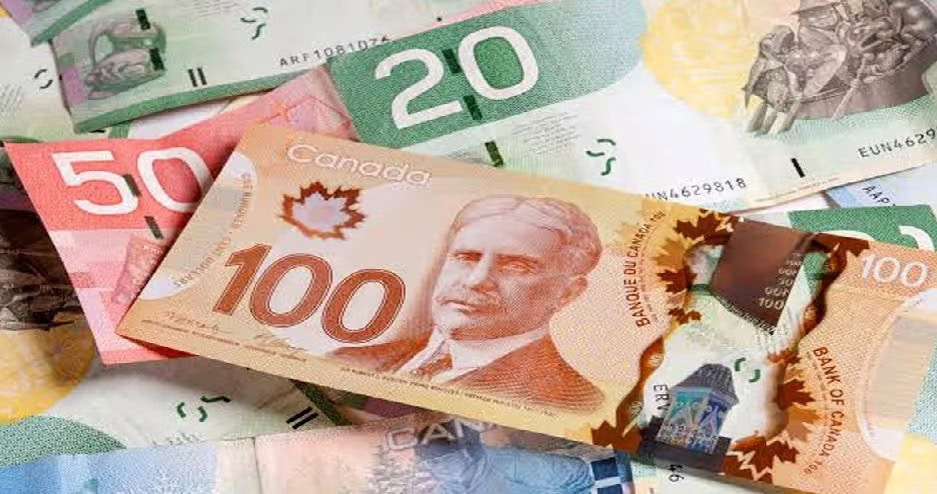LAHORE – The buying rate of Canadian dollar remained steady as it stood at Rs208.5 in open market of Pakistan on Friday, according to an online currency exchange portal.
The private exchange companies are selling the Canadian Dollar for Rs213.5, reflecting its dominance over the local currency.
The local currency rates reflect ongoing trend in the forex market influenced by regional demand, remittance inflows, and overall economic sentiments.
How much is $1000 CAD in PKR?
As of July 4, they buying rate of the Canadian dollar stands at Rs208.5. It means an individual can convert $1000 CAD for Rs208,500 in open market.
Remittances play a crucial role in supporting the economies of developing countries. They provide a stable source of income for millions of families, helping them meet basic needs such as food, healthcare, and education.
These funds also boost national foreign exchange reserves and contribute to poverty reduction. Unlike loans or aid, remittances flow directly to households, encouraging local spending and investment.
In May 2025, overseas Pakistanis living in Canada sent $69.55 million in wake of the remittances.
According to the SBP, the workers’ remittances from overseas to Pakistan, recording a significant growth of 28.8 percent during eleven months of fiscal year 2024-25, reached nearly US$ 35 billion in the period from July to May while monthly inflows in May increased to $ 3.69 billion.
During May 2025, the workers’ remittances recorded an inflow of US$ 3.686 billion, depicting 16 percent growth over April 25 and 13.7 percent yearly increase against May 2024, the statistics showed.
Currency exchange is a key component of the global economy and holds special importance for countries such as Pakistan.
It refers to the process of converting one nation’s currency into another, which supports international trade, tourism, and investment.
In Pakistan, exchange rates influence the value of the rupee compared to major currencies like the US dollar and UAE dirham. A stronger exchange rate makes imports cheaper and helps control inflation, while a weaker rate can boost exports.
